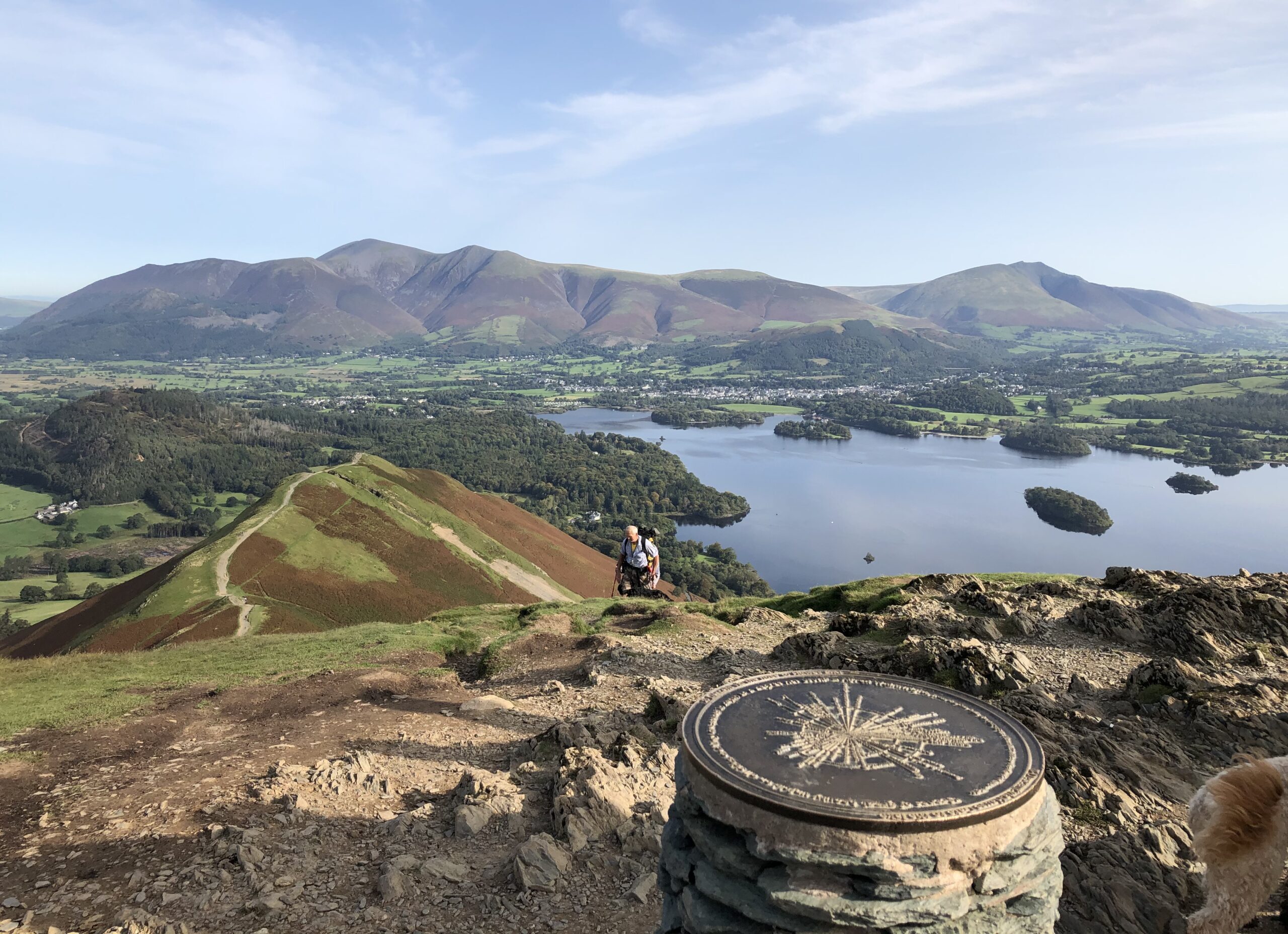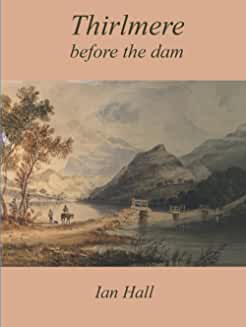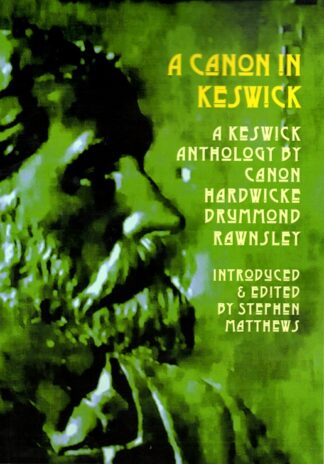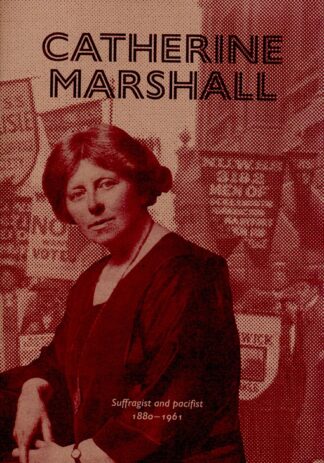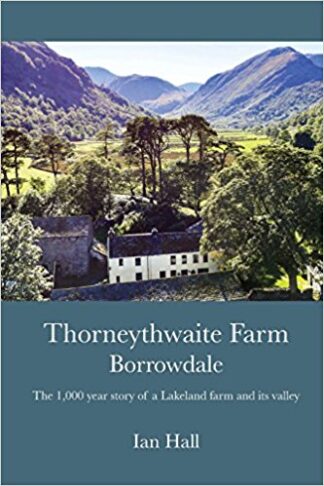Keswick and nearby hamlets and villages
-

Forever Max
£20.00 -
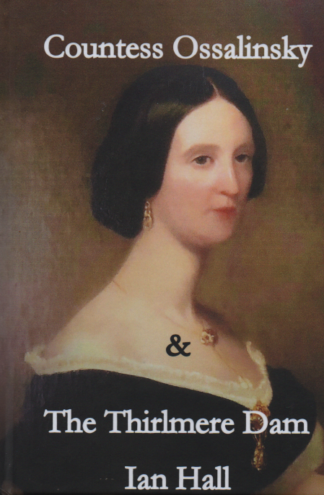
Countess Ossalinsky & The Thirlmere Dam
£15.00 -
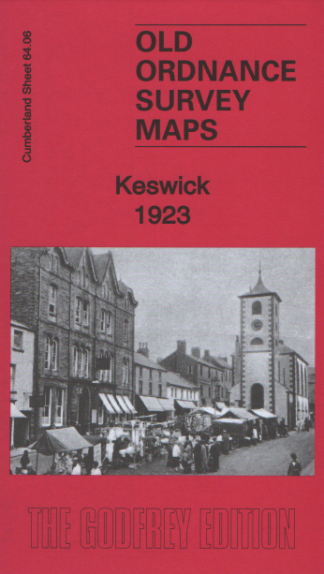
Keswick 1923
Old Ordnance Survey Maps
£3.50 -

Walk Borrowdale and Keswick
£14.50 -
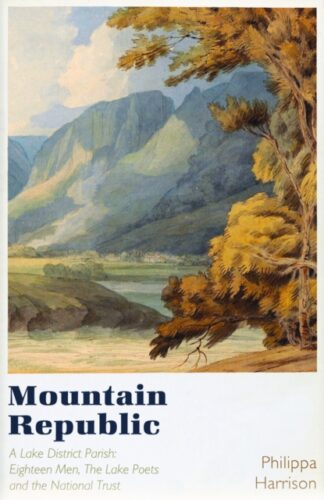
Mountain Republic
A Lake District Parish - Eighteen Men, The Lake Poets and the National Trust
£12.00 -
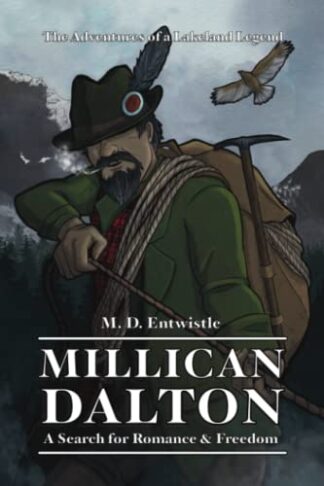
Millican Dalton
A Search for Romance and Freedom
£13.99 -
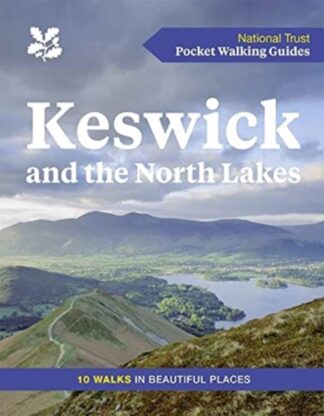
Keswick and the North Lakes
10 Walks in Beautiful Places
£6.00 -

Wander to Wonder
A Short Walk in Borrowdale
£10.00 -

Derwentwater
In the lap of the Gods
£10.00 -
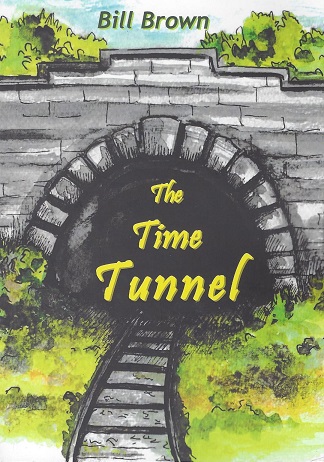
The Time Tunnel
£8.00 -
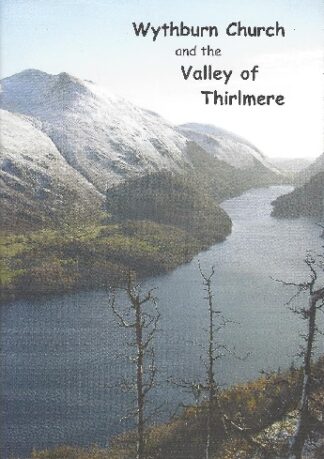
Wythburn Church and the Valley of Thirlmere
£3.95 -
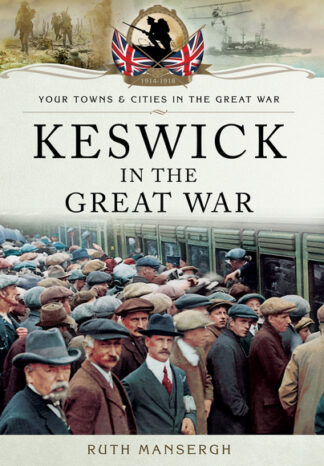
Keswick in the Great War
£12.99 -
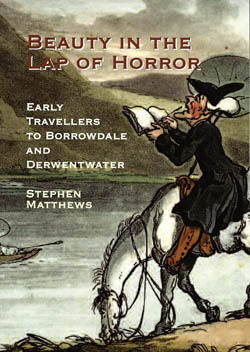
Beauty in the Lap of Horror
Early travellers to Borrowdale & Derwentwater
£12.00 -

Will You Take Us In, Please?
100 Years of the Alhambra Cinema in Keswick
£10.00 -
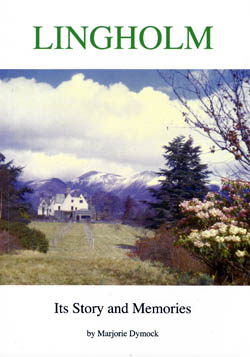
Lingholm
£9.50
Showing 1–20 of 36 results
